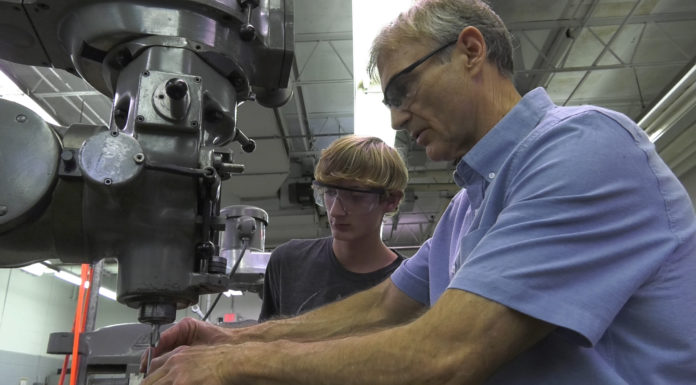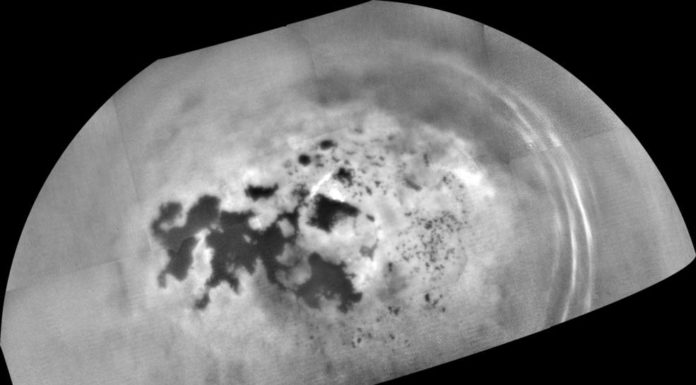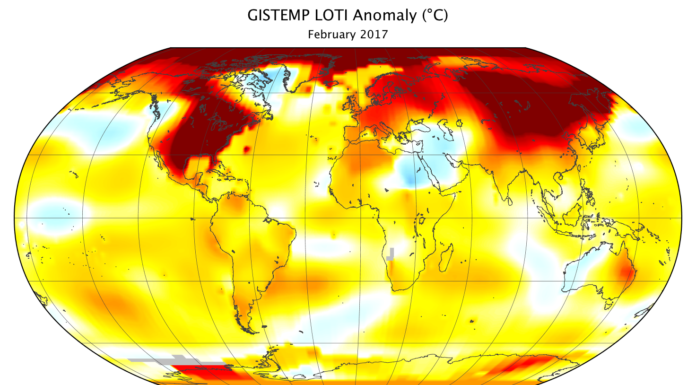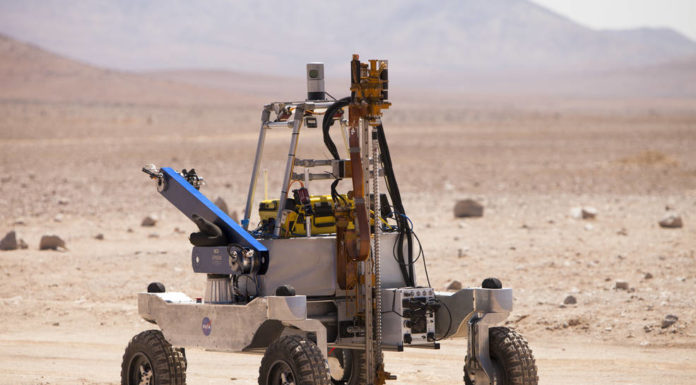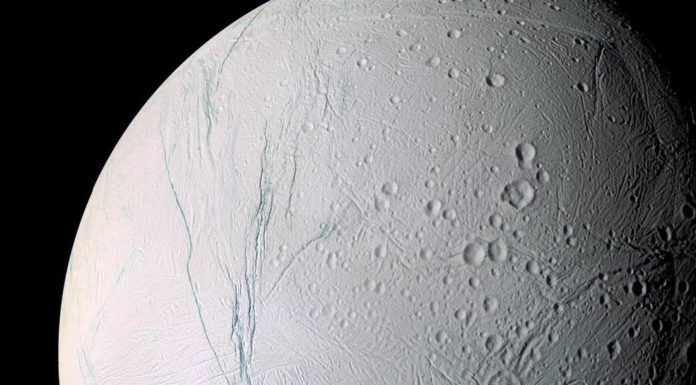Humans inherit their nose shape from their parents or grandparents, but ultimately, the size and shape of someone’s nose and that of their parents was formed by a long process of adaptation to local climate, according to new research. Birthplace, local climate conditions and temperature can all have an effect on the size and shape of the human nose....
Aviation has a large impact on the environment. Emission of heat, particulates and polluting gases are some of the major problems it causes. These, in turn affect the global temperature.
A recent study has concluded that the usage of biofuels help power jet engines reduce particle emissions. Biofuels reduce the emissions as much as 50 to 70 percent. Biofuels are...
Science
Tools made by high school students, under NASA’s HUNCH program reaches International Space Station
Sowmya Seshadri -
NASA now has a few high school students who will be a part of a major program. Students at an Alabama high school are now making parts for use on the International Space Station.
NASA has been sponsoring programs to build the spark in students in the field of aerospace industry for more than 50 years. One of them is HUNCH...
Science
Taking common painkillers like ibuprofen linked to higher cardiac arrest risk: Study
Susovan Panda -
Ibuprofen and other common painkilling medications are linked to an increased risk of cardiac arrest-- when your heart abruptly stops working, researchers have warned after discovering it increases the risk of cardiac arrest by 31 per cent. A new study from Denmark published on Wednesday (January 15) in the European Heart Journal – Cardiovascular Pharmacotherapy.
Ibuprofen, currently available in supermarkets...
Science
Rover Challenge all set to begin in March end; NASA finalizes teams for Human Exploration Rover Challenge 2017
Sowmya Seshadri -
NASA is all set to begin the most awaited and also the toughest rover challenge. The competition challenges students to solve engineering problems, design rovers and much more.
NASA’s Human Exploration Rover Challenge, highlights NASA’s goals for future exploration to Mars and beyond. Nearly 99 high school and college teams will put their skills to the test from March 30 to April...
A study based on Cassini's observation has stunned the scientists at NASA. The recent study, published in journal Icarus, shows, how the hydrocarbon lakes and seas of Titan erupt occasionally with dramatic patches of bubbles.
Researchers at NASA's JPL, simulated the frigid surface conditions on Titan. They found that significant amounts of nitrogen can be dissolved in the extremely cold liquid...
Science
February 2017 was the second warmest February in 137 years; It follows February 2016 which stands first
Sowmya Seshadri -
The month of February had several notable events. It has now secured a place in NASA's record books.
February 2017 was the second warmest February in 137 years, according to a monthly analysis of global temperatures by scientists at NASA. NASA's Goddard Institute for Space Studies (GISS) maintains this modern record keeping.
A mean February temperature was set from the data...
It has long been suspected that eight-legged carnivores, spiders are one of the most important groups of voracious predators of insects. Each year, spiders consume a lot. In fact, they eat more prey annually than humans do. You might be surprised to know that about 27 million tons of spiders, consume somewhere between 440 million and 880 million tons...
Science
Mars Rover tests roving, drilling and life-detection in Atacama Desert, Chile
Sowmya Seshadri -
Atacama Dessert in Chile is one of the favourite places for NASA. Although NASA doesn't have a laboratory there, they do perform potential experiments.
In a region about 100 km south of Antofagasta, which averages 3,000 m in elevation, the soil has been compared to that of Mars. Due to its extreme dryness and stony terrain it is one of the most important...
Science
Enceladus, the icy moon of Saturn is warm just a few feet below its icy surface, says new report
Sowmya Seshadri -
Saturn's icy moon is cold outside but warmer inside. Enceladus, the icy moon has now given a new dimension to the scientist regarding its geology.
A new study in the journal Nature Astronomy reported that the south polar region of Saturn's icy moon Enceladus is warmer than expected, just a few feet below its icy surface. This, thereby suggests that...



















